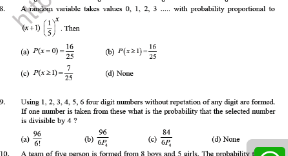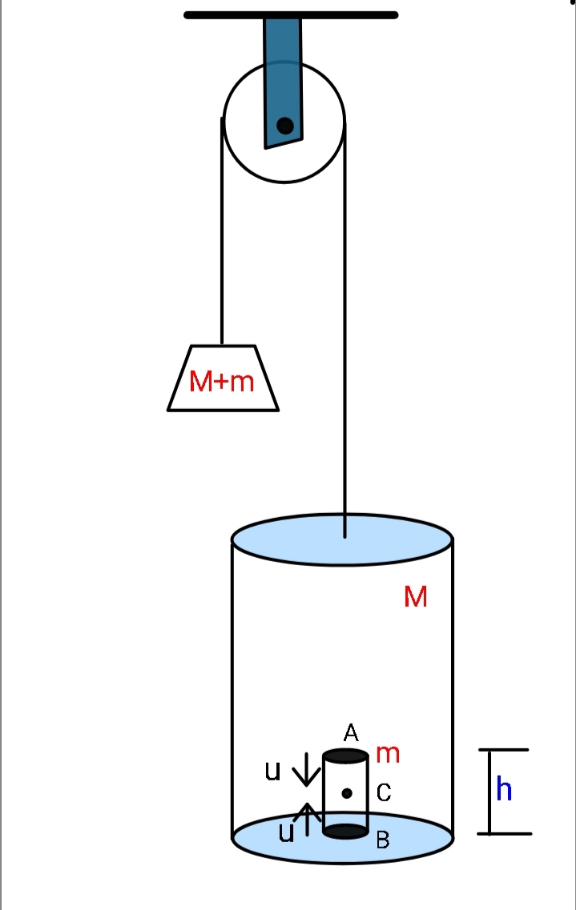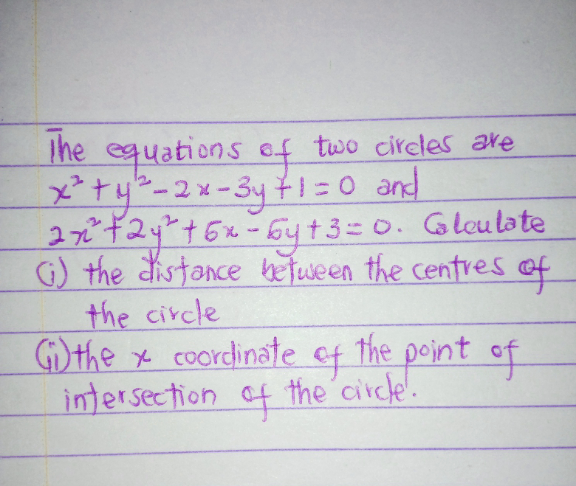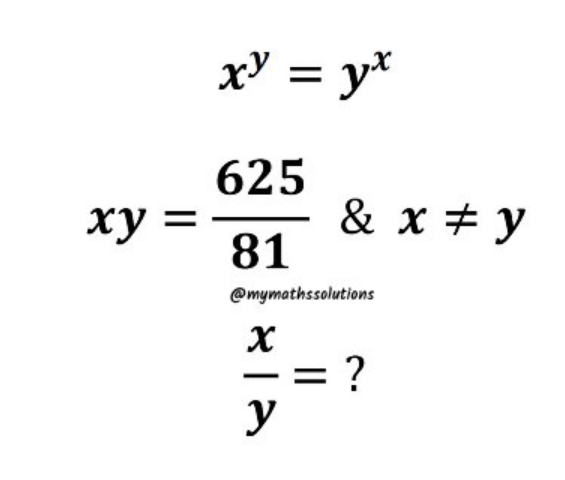
AllQuestion and Answers: Page 658
Question Number 153420 Answers: 1 Comments: 0
Question Number 153412 Answers: 1 Comments: 0
Question Number 153409 Answers: 1 Comments: 0
$$\mathrm{Show}\:\mathrm{that}\:\mathrm{S}=\mathrm{4}\pi\mathrm{r}^{\mathrm{2}} \\ $$
Question Number 153407 Answers: 2 Comments: 0

Question Number 153422 Answers: 1 Comments: 0
$$\underset{{x}\rightarrow{a}} {\mathrm{lim}}\:\frac{{x}^{\mathrm{3}} }{\mathrm{2}^{{x}} }\:= \\ $$
Question Number 153405 Answers: 0 Comments: 0

Question Number 153404 Answers: 1 Comments: 0
Question Number 153401 Answers: 2 Comments: 1

Question Number 153399 Answers: 0 Comments: 2

Question Number 153398 Answers: 0 Comments: 0
Question Number 153395 Answers: 1 Comments: 0
Question Number 153464 Answers: 3 Comments: 1

Question Number 153384 Answers: 2 Comments: 0

Question Number 153381 Answers: 0 Comments: 2
Question Number 153374 Answers: 0 Comments: 4

Question Number 153352 Answers: 4 Comments: 0
Question Number 153346 Answers: 2 Comments: 0

Question Number 153345 Answers: 1 Comments: 0

Question Number 153342 Answers: 2 Comments: 1

Question Number 153340 Answers: 1 Comments: 0
Question Number 153339 Answers: 2 Comments: 0
Question Number 153335 Answers: 0 Comments: 0

Question Number 153312 Answers: 0 Comments: 3

Question Number 153263 Answers: 0 Comments: 0

Question Number 153257 Answers: 2 Comments: 0
Question Number 153256 Answers: 0 Comments: 1

Pg 653 Pg 654 Pg 655 Pg 656 Pg 657 Pg 658 Pg 659 Pg 660 Pg 661 Pg 662
